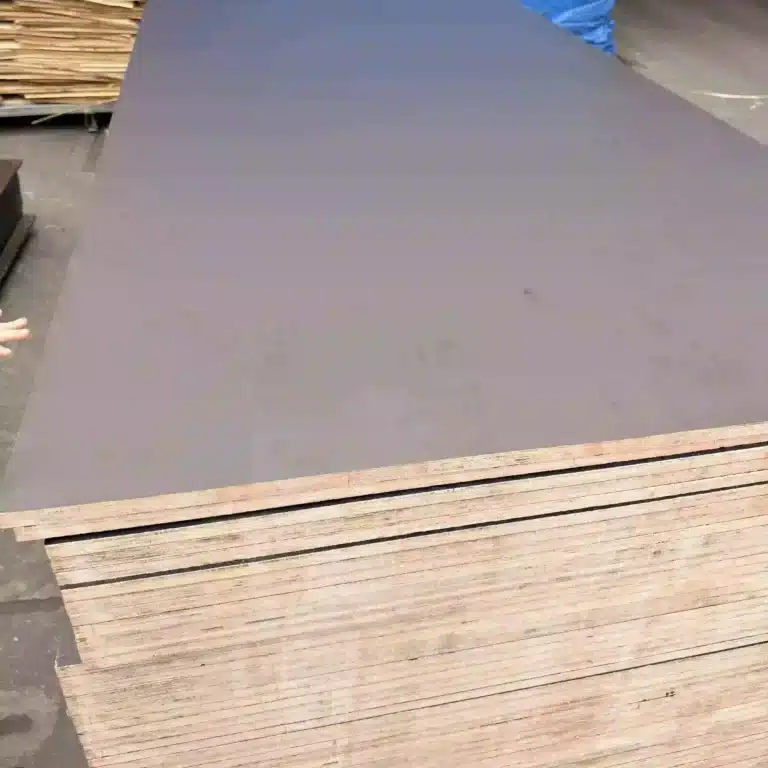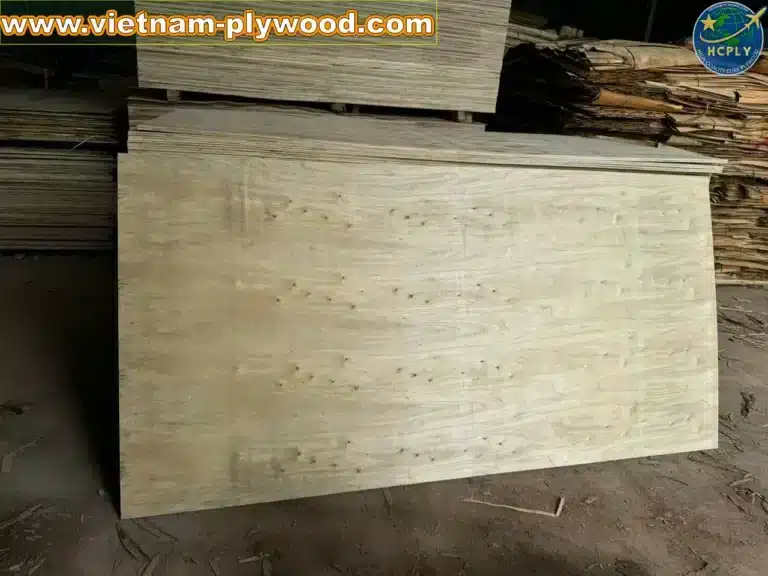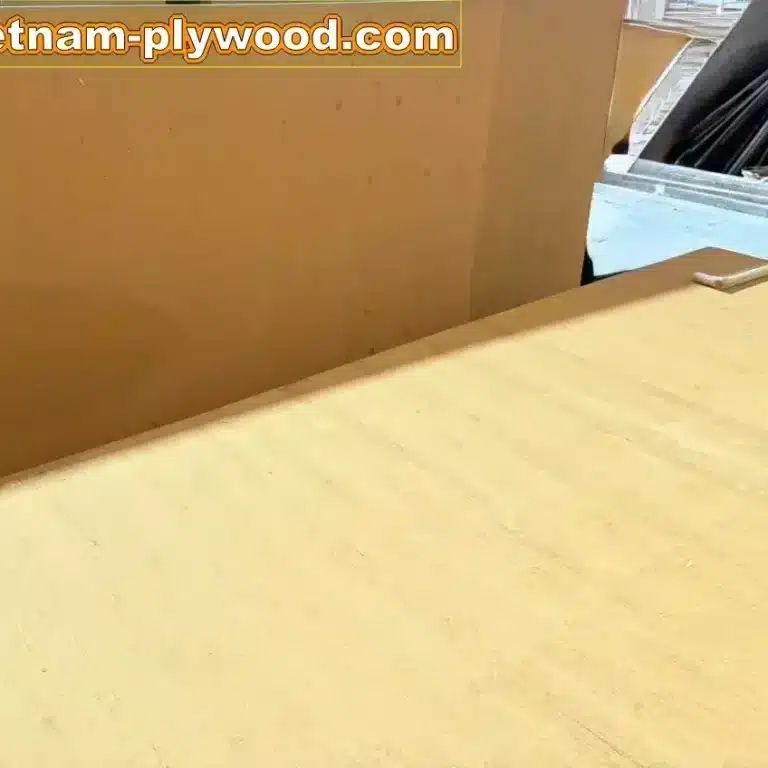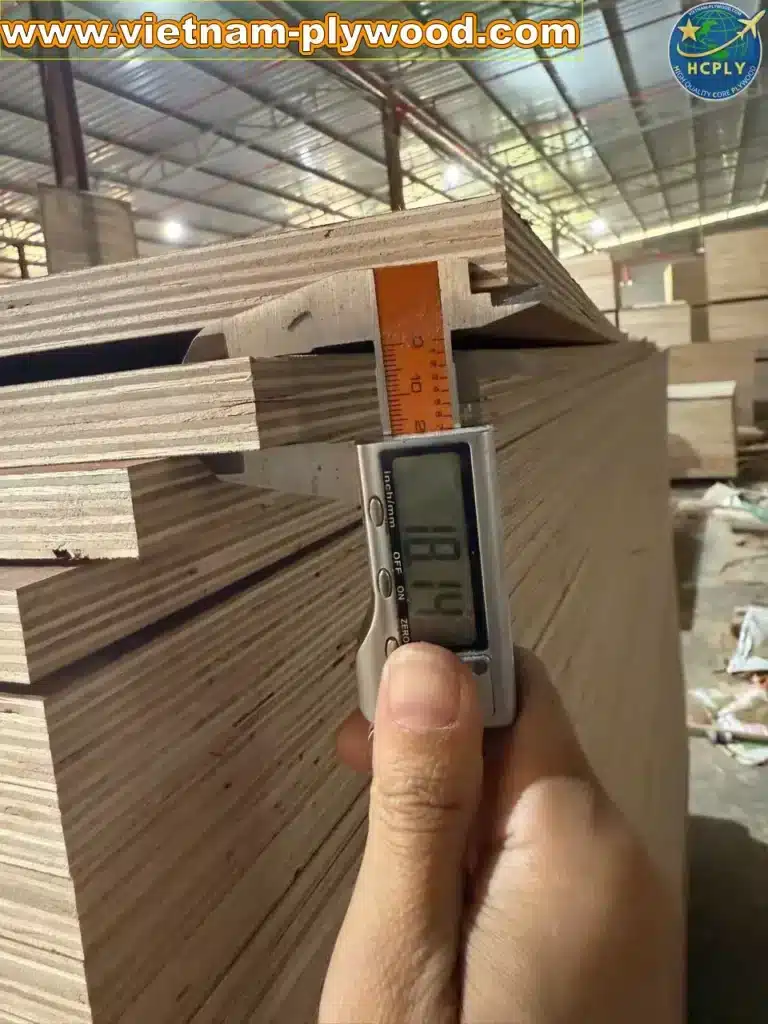How to Check Plywood Strength Test Before Buying

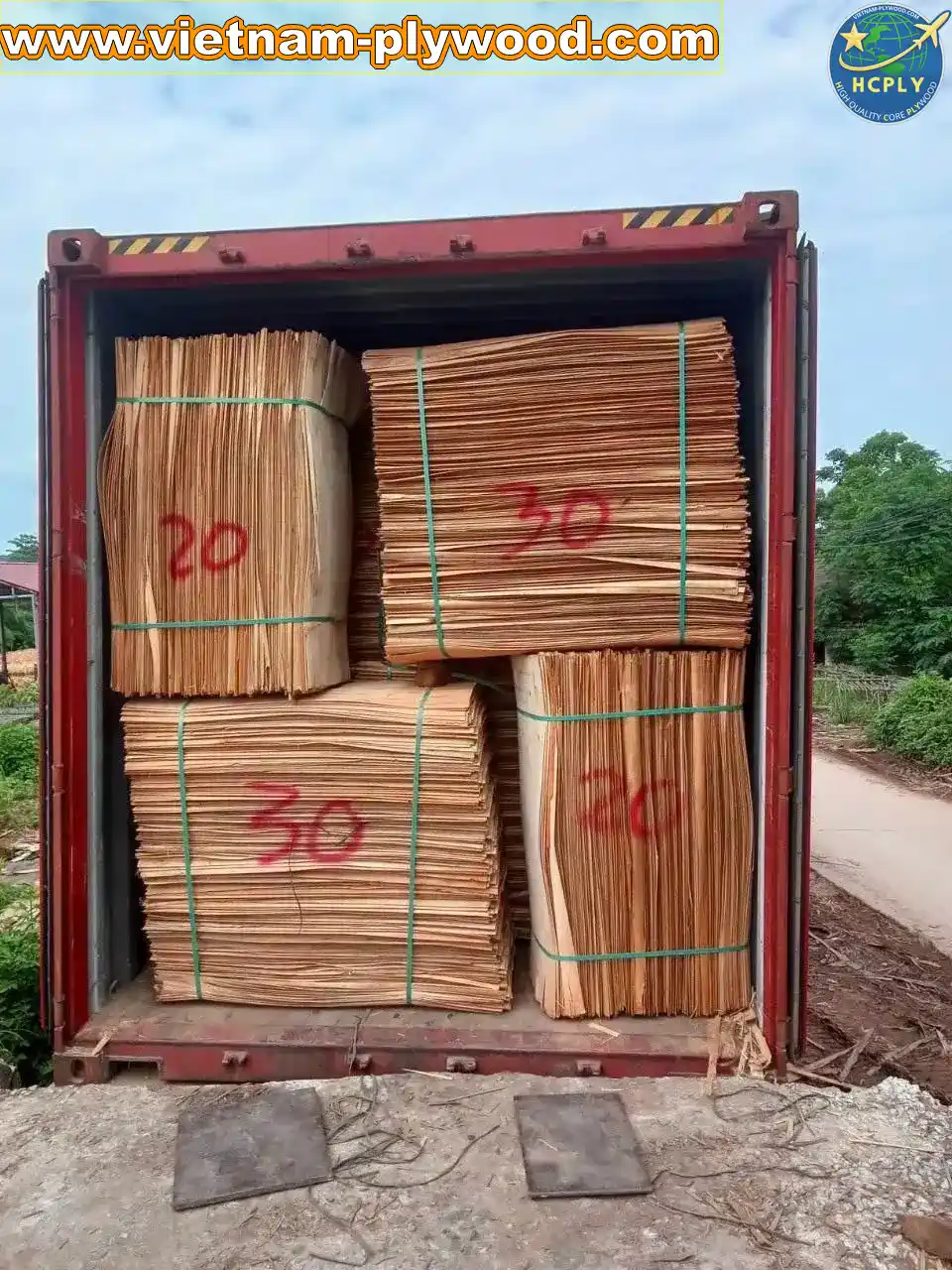
🪵 How to Check Plywood Strength Before Buying – Vietnam Export Guide
When investing in plywood — especially from Vietnam, one of the world’s top exporters — plywood strength testing is not optional. Weak or inconsistent plywood can cause failures in furniture, flooring, or construction projects, leading to costly replacements and damage to reputation. This in-depth guide will teach you exactly how to check plywood quality before committing to large orders.
1️⃣ Why Plywood Strength Matters in Vietnam’s Export Market
Vietnam exports millions of cubic meters of plywood every year. However, not all products meet international durability standards. A reliable plywood strength test can reveal:
- Structural stability under pressure
- Bonding performance of glue lines
- Resistance to moisture and warping
- Long-term durability in various climates
Importers who perform proper tests avoid costly disputes and ensure their projects last decades.
2️⃣ Step 1 – Visual Surface Inspection
Before any mechanical testing, start with a visual check:
- Smooth, even face veneer – no gaps, overlaps, or core visibility
- Consistent grain pattern – especially important for furniture-grade plywood
- Uniform color tone – indicates well-selected veneers
- No warping or bowing – panel should lay flat
A trained eye can often spot weaknesses before formal testing begins.
3️⃣ Step 2 – Checking Core Veneer Quality
The core is the backbone of plywood. Poor core veneer quality can ruin an otherwise beautiful panel.
- Cut a small section to inspect core layers
- Look for tight joins without large gaps
- Ensure layer symmetry for balance
- For Vietnam plywood durability, eucalyptus and acacia cores are preferred for strength; poplar cores are lighter but less dense.
4️⃣ Step 3 – Glue Bond Strength Test
Bonding is critical. Vietnam plywood manufacturers use Melamine, Phenolic (WBP), or MR glue.
- Boil Test (WBP): Boil a sample for 4–8 hours; no layer should separate
- Cold Water Soak (MR glue): Soak for 24 hours to check for delamination
- Dry Shear Test: Apply mechanical pressure to test glue shear strength
If layers peel easily, reject the batch.
5️⃣ Step 4 – Moisture Content Check
Excessive moisture can cause warping, fungal growth, and structural weakness.
- Use a digital moisture meter
- Export-grade plywood should have 8–14% moisture content
- For marine or high-humidity applications, target the lower range
6️⃣ Step 5 – Load-Bearing Strength Test
For construction or flooring, plywood strength test should include load-bearing checks:
- Place panel on supports and apply weight incrementally
- Record deflection at each weight level
- Compare to standards (e.g., EN 310 or ASTM D3043)
7️⃣ Step 6 – Screw Holding Capacity
The ability to hold screws is critical for furniture and cabinetry.
- Drive a screw into the panel edge and face
- Apply pull-out force using a gauge
- Higher-density cores like eucalyptus generally perform better
8️⃣ Step 7 – Edge Finish and Resistance
Smooth, well-sealed edges:
- Prevent water ingress
- Increase panel life
- Are a mark of quality craftsmanship
Some Vietnam plywood factories seal edges with paint or resin.
9️⃣ Step 8 – Certifications & Compliance
To ensure Vietnam plywood durability, check for:
- CARB P2 (low formaldehyde)
- FSC or PEFC (sustainable sourcing)
- ISO 9001 (quality management)
These certifications add credibility and market acceptance.
9️⃣ Step 9 – Field Performance Testing
If possible, test plywood in real conditions:
- Expose to sunlight and moisture for a set period
- Observe changes in shape, color, and bonding
10️⃣ HCPLY – Your Reliable Vietnam Plywood Supplier
At HCPLY, every shipment undergoes:
- Strict quality checks at multiple production stages
- Laboratory testing for bonding and moisture content
- Full documentation for export compliance
💬 “We believe that quality is not inspected at the end — it’s built in from the start.”
📌 FAQ – Plywood Strength & Quality Testing
Q1: How can I quickly check plywood strength on-site?
A: Look for even veneer, tight cores, and perform a basic bending test.
Q2: What glue type lasts longest?
A: Phenolic (WBP) glue provides maximum water and heat resistance.
Q3: Does heavier plywood mean stronger plywood?
A: Not always; density matters, but bonding and veneer quality are equally important.
Q4: Is Vietnamese plywood durable for outdoor use?
A: Yes, when using WBP-bonded eucalyptus or acacia core plywood.
Q5: How do I know if the plywood is export grade?
A: Check for certifications, moisture control, and adherence to buyer specifications.
💡 Final Word
By following these plywood strength test steps, you ensure that every sheet you import from Vietnam meets international durability standards. Choosing HCPLY means choosing guaranteed quality, competitive pricing, and consistent supply — giving your projects the foundation they deserve.

